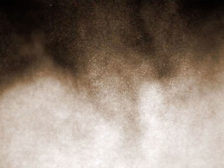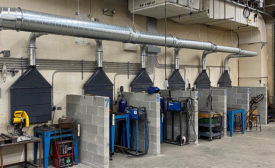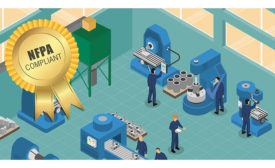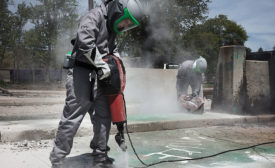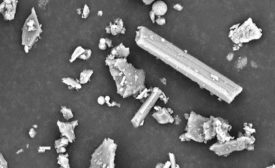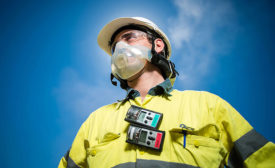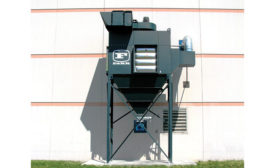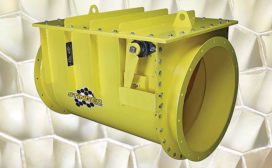Home » Keywords: » dust collection
Items Tagged with 'dust collection'
ARTICLES
Don't take risks with dust hazards
Only qualified persons should manage dust hazards due to explosion risk and liability
July 15, 2021
2020 Top Standards: NFPA
NFPA 652 standard on fundamentals of combustible dust
December 20, 2019
Get our new eMagazine delivered to your inbox every month.
Stay in the know on the latest safety trends.
SUBSCRIBE TODAYCopyright ©2024. All Rights Reserved BNP Media.
Design, CMS, Hosting & Web Development :: ePublishing

